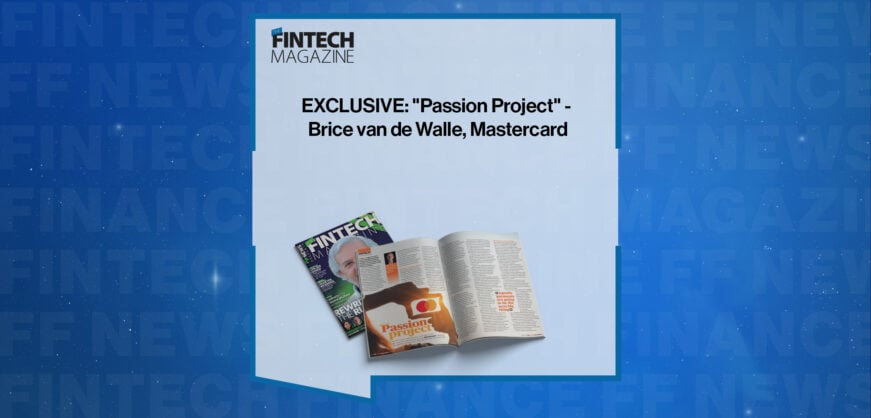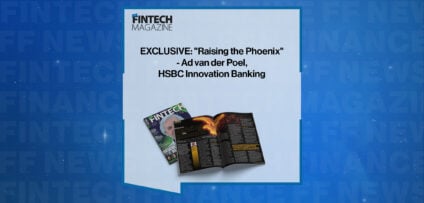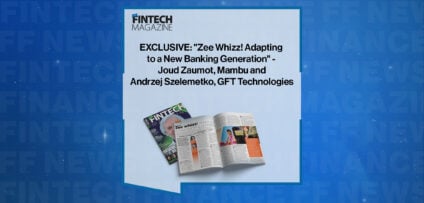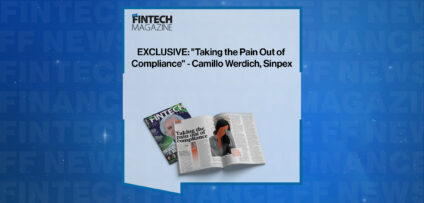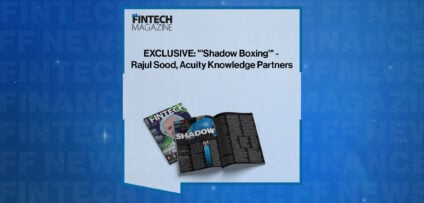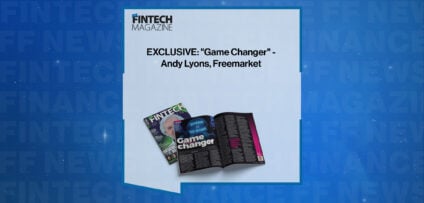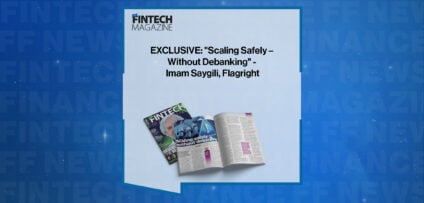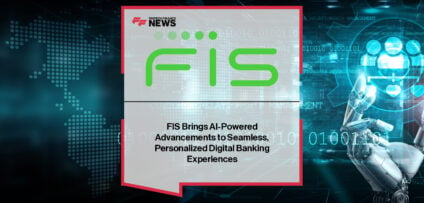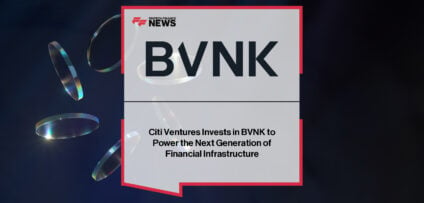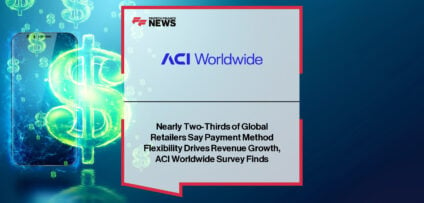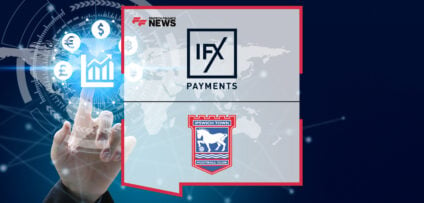Breaking News
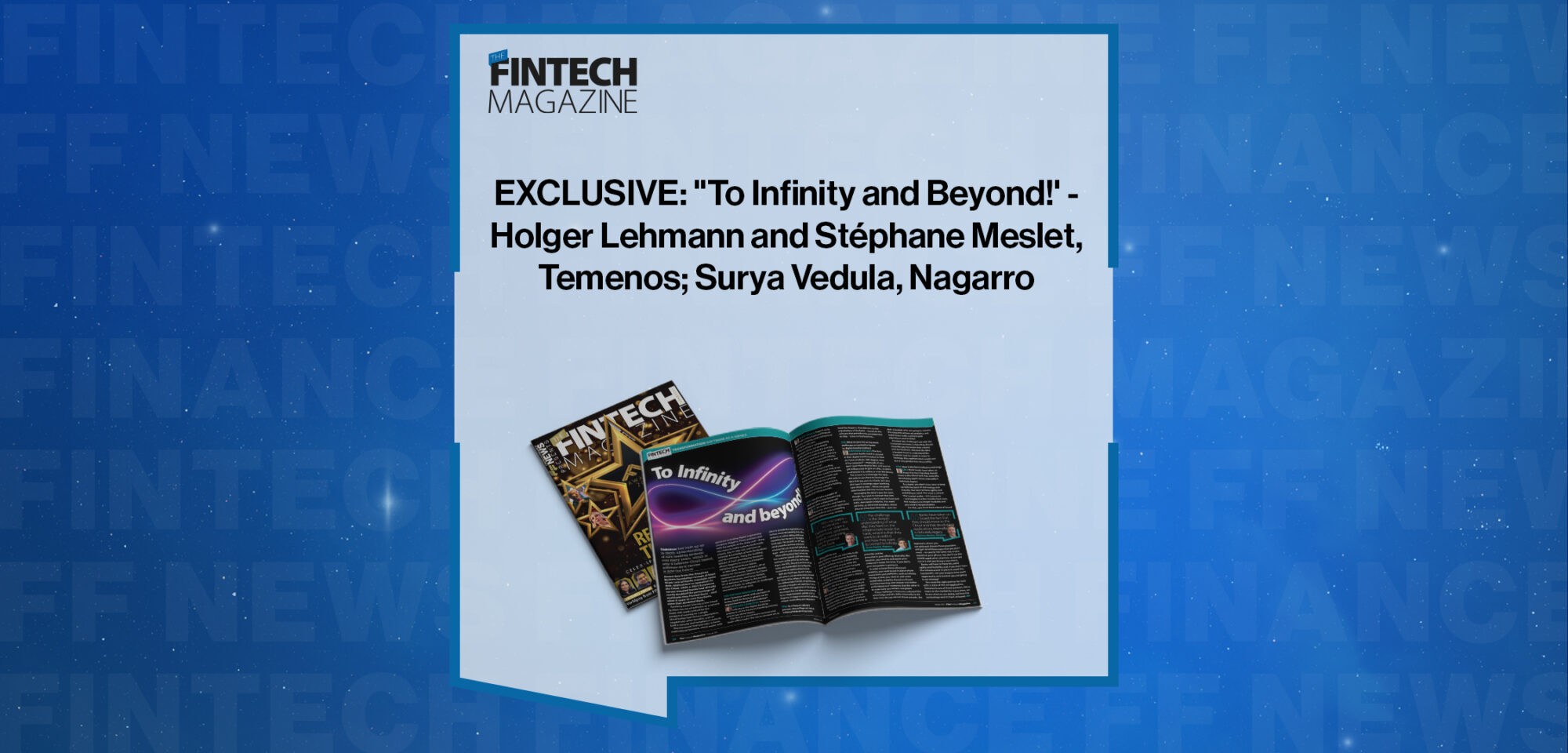
EXCLUSIVE: “To Infinity and Beyond!’ – Holger Lehmann and Stéphane Meslet, Temenos; Surya Vedula, Nagarro in ‘The Fintech Magazine’
Temenos has built up an in-depth understanding of core banking systems over many years, which is why it believes Cloud-based, software-as-a-service is now the future
Recent data from the American Bankers Association reveals at least 90 per cent of banks maintain some data, applications or operation in the Cloud, while a 2022 Accenture survey revealed banks had already nearly doubled the percentage of workloads they hosted there – and when it came to core functions, more than doubled them.
Parallel to banks’ journey to the Cloud has been the rise of software-as-a-service (SaaS), with banks enticed by the prospect of running on a single, Cloud-hosted SaaS licence subscription, coupled with other benefits, such as built-in security and compliance controls.
One prominent SaaS provider is Swiss multinational Temenos, which works withbpartners including digital engineering company Nagarro. These partners deal with the people at the sharp end – those who have to make systems work inside a bank, day-in-day-out, and have an intimate knowledge of both the business and the software. Using the ‘building blocks’ of SaaS provided by Temenos allows Nagarro to construct bespoke solutions around those clients.
In this Q&A, Holger Lehmann, VP of Infinity for Temenos, Stéphane Meslet, commercial product director for Cloud SaaS, at Temenos, and Surya Vedula, VP of delivery at Nagarro, discuss the virtues of SaaS, its adoption, its challenges and where it will go next.
“With microapps – accelerators – our partners can shape a customised, optimised, unique, outstanding user experience for the bank”
THE FINTECH MAGAZINE: How does Temenos work with partners to bring SaaS to finance giants via its digital banking platform Infinity?
HOLGER LEHMANN: Temenos Infinity is the digital banking platform of the Temenos banking solution and it has three layers. The first is a set of micro-services and back-office tools. The micro-services are in place to provide data aggregation from various connected banking back-office systems, as well as adding additional capability that we need in the digital landscape.
The second is an API layer, which provides business-orientated services that are consumed by the third layer – which is end customer applications. We’re talking about SaaS on one side but customer-specific and more bespoke solutions on the other. So the first two layers, the APIs, the micro-services and the tools, are standardised but configurable, to provide an optimised SaaS service.
With the third layer, the end customer applications, we see an increasing demand for banks to be unique. In this layer, they can differentiate from the competition and provide a bespoke user experience, hence we deliver the applications in the shape of microapps that are taken as an accelerator by an implementation partner, such as Nagarro, to shape a customised, optimised, unique, outstanding user experience.
TFM: As a Temenos delivery partner, what is Nagarro’s role in helping banks leverage SaaS?
SURYA VEDULA: Nagarro works with various banks and financial services companies and in doing so we see various use cases. The challenge is not integrating the applications, but the deeper understanding of what else is on the infrastructure inside the bank, what it is that they want to do with it, and how do they want to connect with Infinity; understand the data that comes in, and the data that goes out?
We are able to bring consulting experience and suggestions. And, as we build and make these recommendations, we work with Temenos to make sureit’s going to provide the customer with what they want, and progress towards a solution, using the building blocks that Infinity provides.
TFM: Can you give examples of SaaS initiatives that Temenos and Nagarro have collaborated on?
SV: We work with a large bank in Myanmar, where a retail application had to be built out and a compelling customer experience was needed. Using Infinity and other Temenos tools, we were able to do this for them. It provided the flexibility that the customer wants, in terms of the UX, and it was fairly easy to make the customisations needed in how the bank wanted to appear to the customers. We have satisfied customers, and they, in turn, have satisfied customers, which is probably more important.
“The challenge is the deeper understanding of what else they have on the infrastructure inside the bank, what it is that they want to do with it and how they want to connect to Infinity”
HL: We also have a joint customer in Vietnam, where we are currently in the middle of an implementation project that is turning out to be very successful. Nagarro is providing the expertise, taking the microapps and shaping them into the bank’s vision of its digital platform. Having an implementation partner at hand like Nagarro, that delivers to the expectations of the bank – based on the software that provides the prerequisites for that – is key in that business.
TFM: What do you see as the main challenges presented to banks by digital transformation?
STÉPHANE MESLET: The first question banks need to answer in their digital transformation is ‘how do I have a holistic, 360-degree view of my customer?’ – especially if you don’t meet them face to face, and you’ve got milliseconds to give an offer, or price, or whatever it is, online or over the phone.
The answer is to leverage the data. Not only do you have to leverage the data that you own as a bank, but you also have to leverage open banking, open finance data – those are great opportunities and key success factors. Leveraging the data is just the start, though. You need to convert that into analytics. And you don’t want to have just static, descriptive analytics. You need dynamic, or advanced analytics, where you can more than describe – you can prescribe and be proactive in your offering.
Basically, like Amazon, you need to anticipate your customer’s needs because, if you don’t, your competitor is going to. In order to have those advanced analytics, you need to put in place whole ecosystems and platforms, such as Infinity. On top of that, you need to add some explainable analytics, based on AI and machine learning. One reason is to better understand your customer, but the other is to make sure you remain compliant. A key challenge is how you onboard theknowledge and the skills internally to do that; how do you recruit those people, the data scientists who are going to convert this data into advanced analytics, and build those really sophisticated algorithms and models?
“Banks have taken on board the fact that they should move to the Cloud and that developing applications internally is definitely legacy”
Another key challenge I see with the customers we have, is how they should close the gap between data science and the business, because the data scientists have to understand the business and its needs in order to leverage this sophisticated model and put it into production very swiftly.
TFM: How is the SaaS industry evolving?
SM: I think banks have taken on board the fact that they should move to the Cloud and that, basically, developing applications internally is definitely legacy. As a bank, you don’t have time to keep up with the pace of technology and security. You have to have agility and scalability in mind. You want to attack ‘this’ market today – not tomorrow – and maybe in a few months from now, this market is no longer available and you need to target another.
For that, you must have a best-of-breed approach, where you can pick and choose those providers, and get rid of those apps that you don’t need – in exactly the same way as you would on your phone. You don’t use this COVID application anymore, so you get rid of it and you bring a new one in.
Banks will have to have this same agility and flexibility and, if you don’t have the infrastructure in place to meet this bandwidth, can you imagine how much opportunity and revenue you are going to be missing?
You need the right partner for SaaS with a state-of-the-art application. Temenos is one of those partners. We’ve been on the market for many years, we know what we are doing, we have the technology and it’s best-of-breed.
This article was published in The Fintech Magazine Issue 30, Page 20-21
- EXCLUSIVE: “Passion Project” – Brice van de Walle, Mastercard in ‘The Fintech Magazine’ Read more
- FreedomPay Drives Global Merchant Innovation Read more
- FIS Brings AI-Powered Advancements to Seamless, Personalized Digital Banking Experiences Read more
- Citi Ventures Invests in BVNK to Power the Next Generation of Financial Infrastructure Read more
- Nearly Two-Thirds of Global Retailers Say Payment Method Flexibility Drives Revenue Growth, ACI Worldwide Survey Finds Read more









